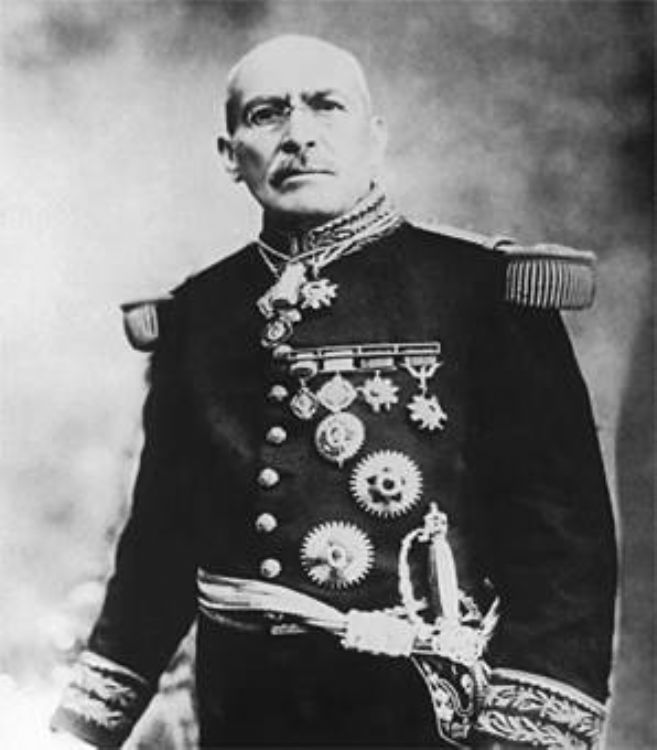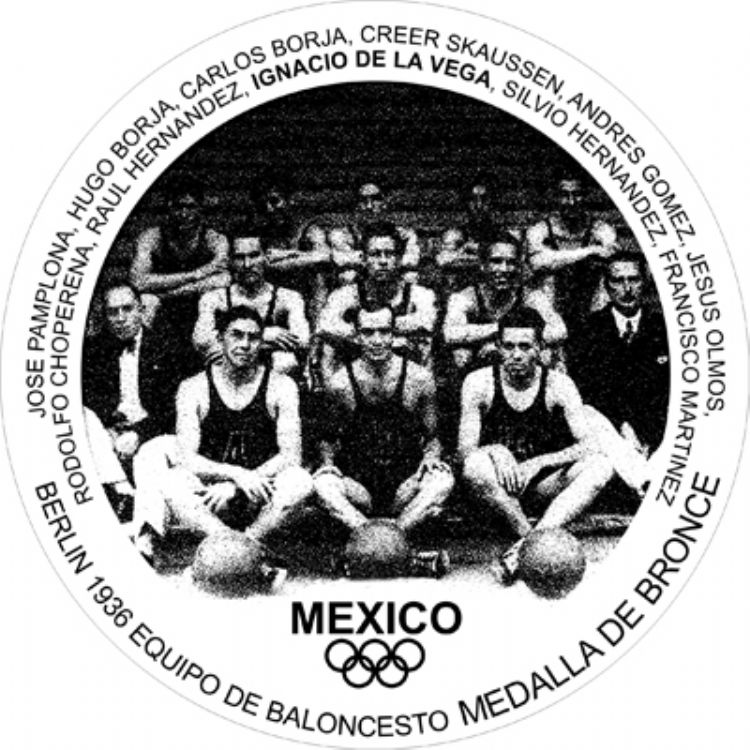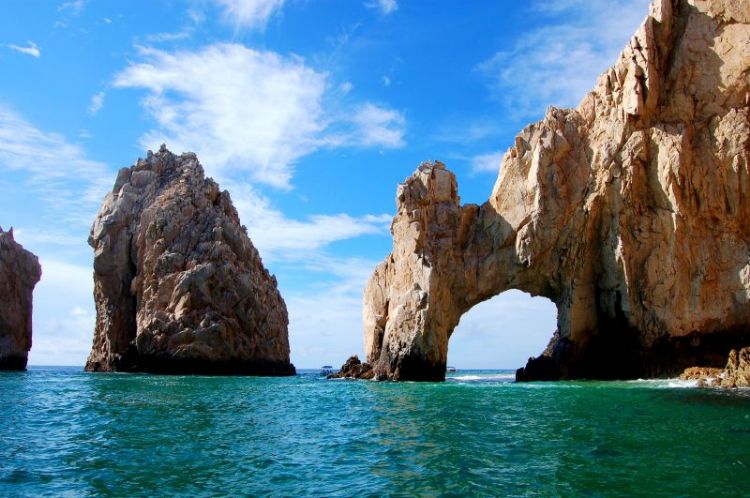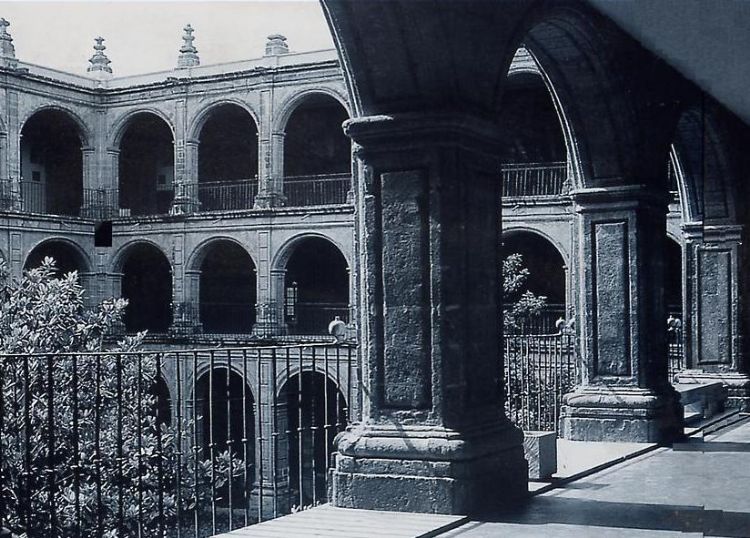Mexico's 13 Man Made Wonders
.jpg)
Without rivaling nature, human beingsâ intelligence, creativity and art is reflected in constructions throughout many centuries. In Mexico, after a contest with great social participation and enthusiasm, thirteen manmade wonders were selected.
In the archeological zone of Campeche, Calakmul is one of the great vestiges of the Mayan world, with a cosmogony explaining the intimate relationship between humans and the universe, the immediate natural world wasnât any different from the cosmosâ order. Humans of the Mayan world developed vast mathematical knowledge that served to develop their impressive culture dedicated to the universe, gods and vital cycles governing their world.
Guanajuato is another great manmade work, with two existing worlds, the visible of small and beautiful alleys, colonial houses and buildings of great beauty, and the subterranean world which still hosts fascinating mysteries. The subterranean streets offer the view of a mining city by excellence, finding in the earth a constant dialogue, thus it is not strange that in Guanajuato life is also enjoyed underground.
The third great manmade wonder is Mexicoâs City Historic Center, a space that gathers in its buildings thousands of years of history and a mix of the syncretism and religiosity that produced our current society. Its great public and religious buildings were erected over the wonderful prehispanic city of Tenochtitlán. The historic center is a symbol of the countryâs historic and economic development plus political and social struggles.
The State of Yucatan is recognized for the great constructions of the prehispanic city of Chichen-Itzá, another of the archeological areas representing the architectural style of Mayan cities, centered on the religious life from which its social environment mostly depended on. Chichen-Itzá is one of the most important tourist centers for its natural beauty and historic evidence.
At the end of the XIX century, Mexico finally started its industrialization process, a growth in exports and grain production prompted an increase in freight and passenger transportation. Throughout time, trains became of the most important means of communication nationwide, and although they almost disappeared at the end of the XX century, there are still very important routes. The Chihuahua-Pacific Train is one of the manmade wonders. It crosses 650 kilometers, making it easy to enjoy the system of canyons and cliffs of great height, with endemic plants and animals, as the bighorn sheep.
The City of Mazatlán, Sinaloa, the âPlace of Deerâ in náhuatl, deserved the recognition of manmade wonder. It is one of the countryâs main ports and a customs passage for thousands of merchandises. The city also offers unparallel beaches for recreation and rest.
Another prehispanic piece, in the State of Oaxaca, was recognized as a manmade wonder. Monte Alban is a city evoking a cult to the dead, and its importance for Zapotec and Mixteca cultures settling in the region. There are enormous architectural pieces complemented by their styles of ceramics, pottery and lesser arts.
Close to the region, Palenque in the State of Chiapas is another one of the Mayan cities that together with Tulum in Quintana Roo, Tajin in Veracruz, Teotihuacan in the State of Mexico and Xochicalco in Morelos, complete a series of archeological sites recognized for the individual styles of its buildings, the complexity of its constructions and the application to sciences developed in the Mayan, Totonac, Mexica and Toltec cultures.
Finally, the Paseo de Santa Lucia, a pride for people of Monterrey and all Mexicans, is recognized as one of the wonders achieved by human devise. They all evidence the possibilities of creation human minds can achieve, in a culture of mixed races, world conceptions and sensitivities resulting in more than 13 wonders.
Articulo Producido por el Equipo Editoral Explorando México.
Copyright Explorando México, Todos los Derechos Reservados.
Foto Portada: Luca Penati






